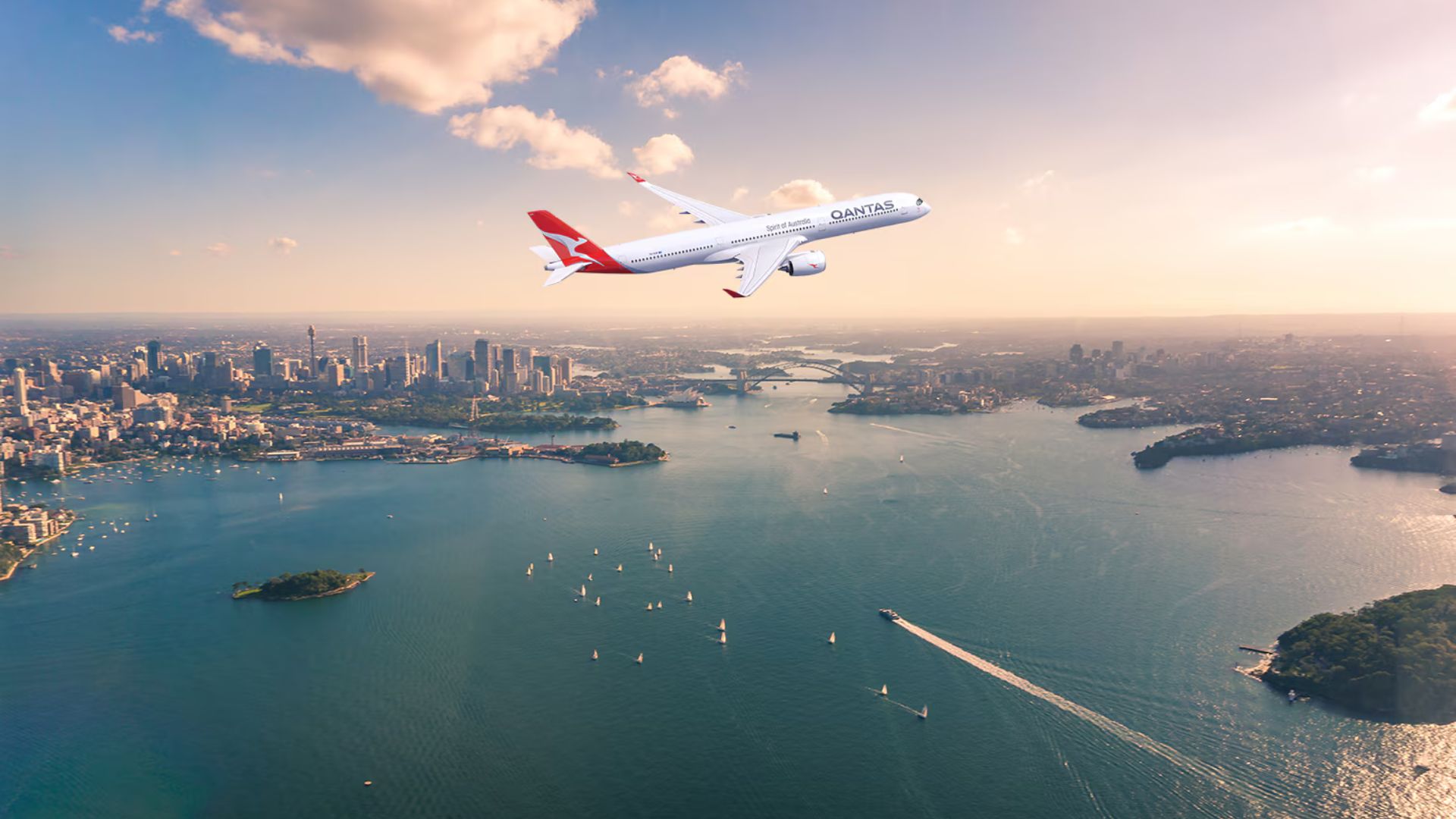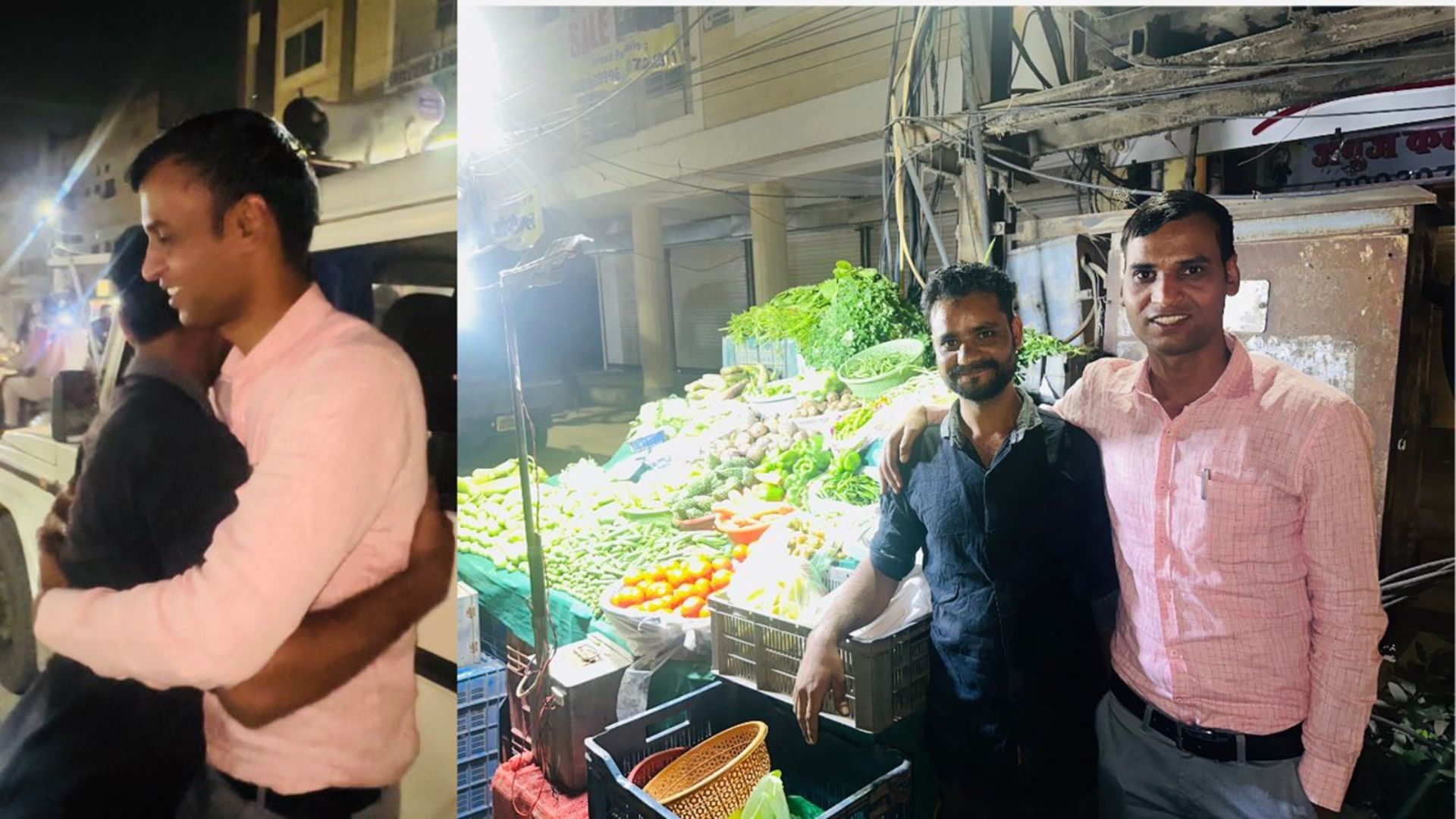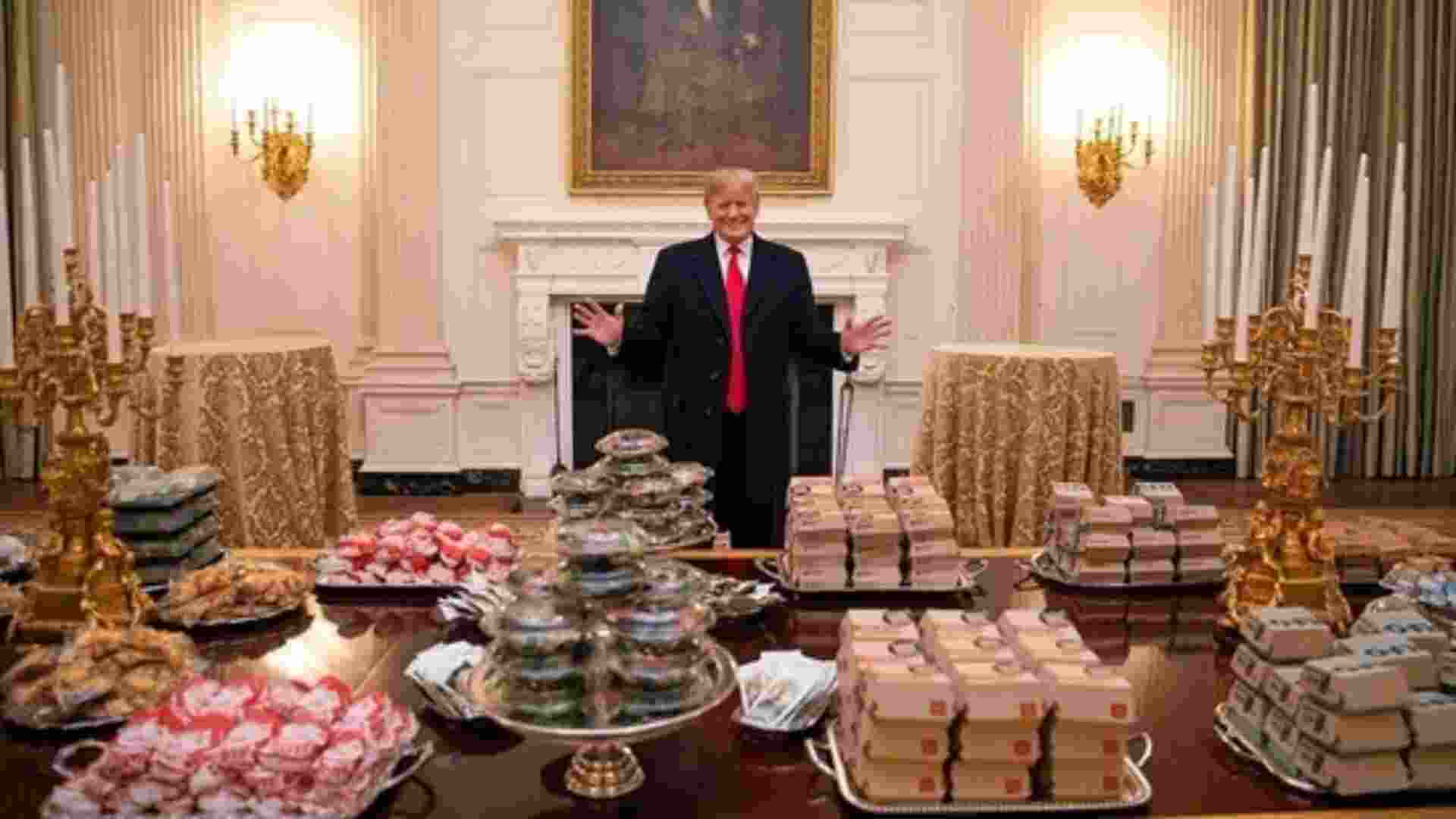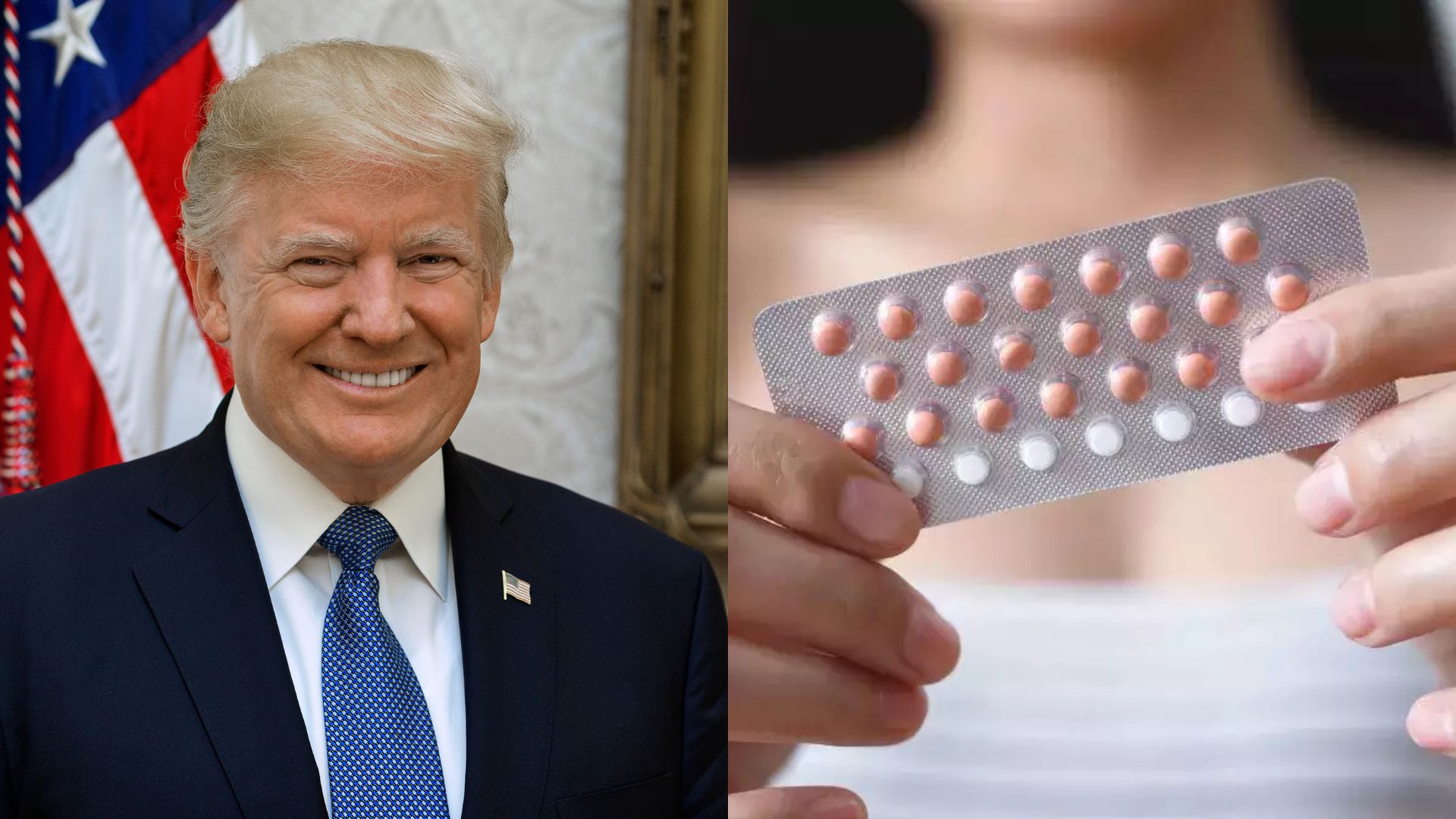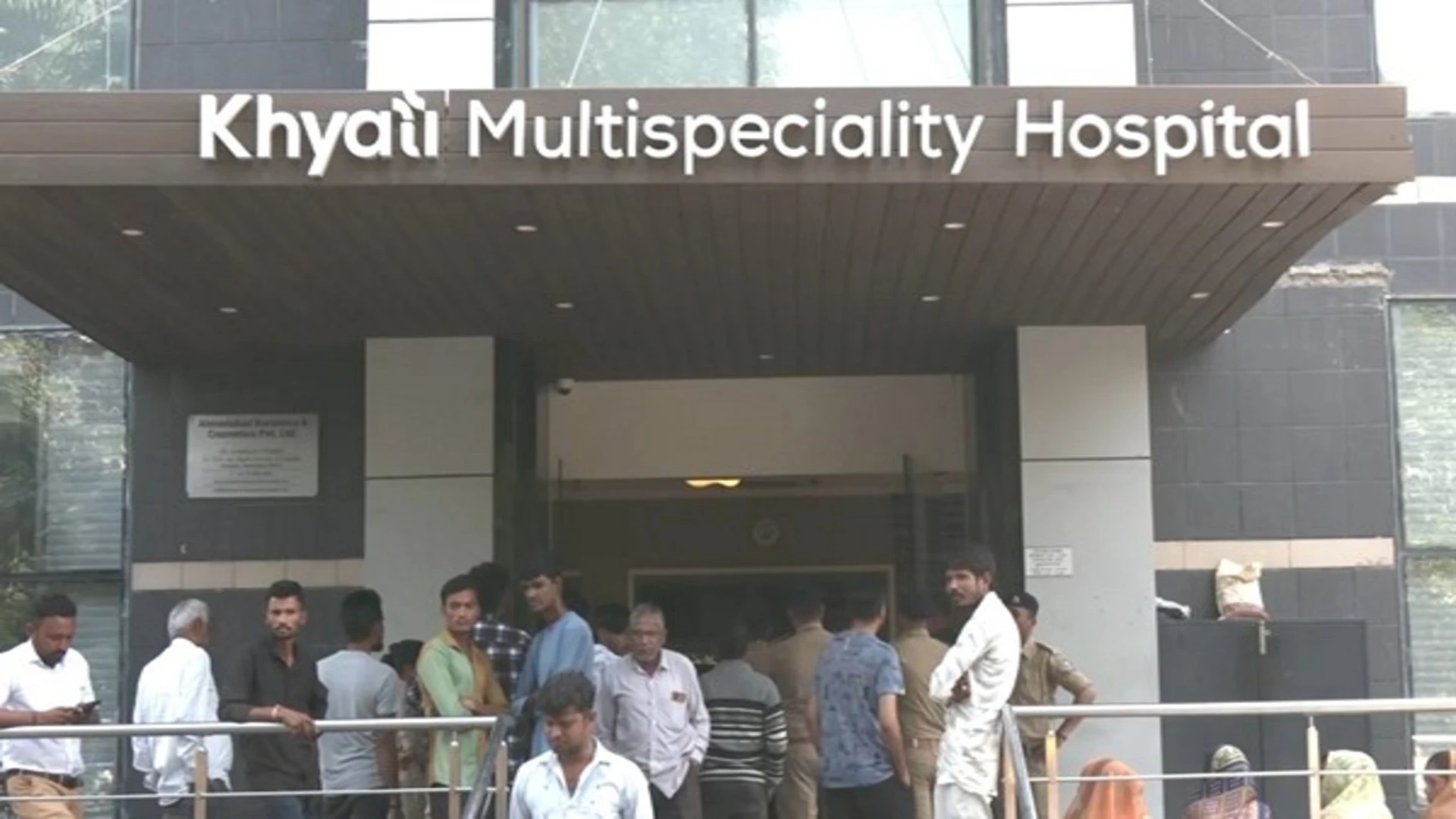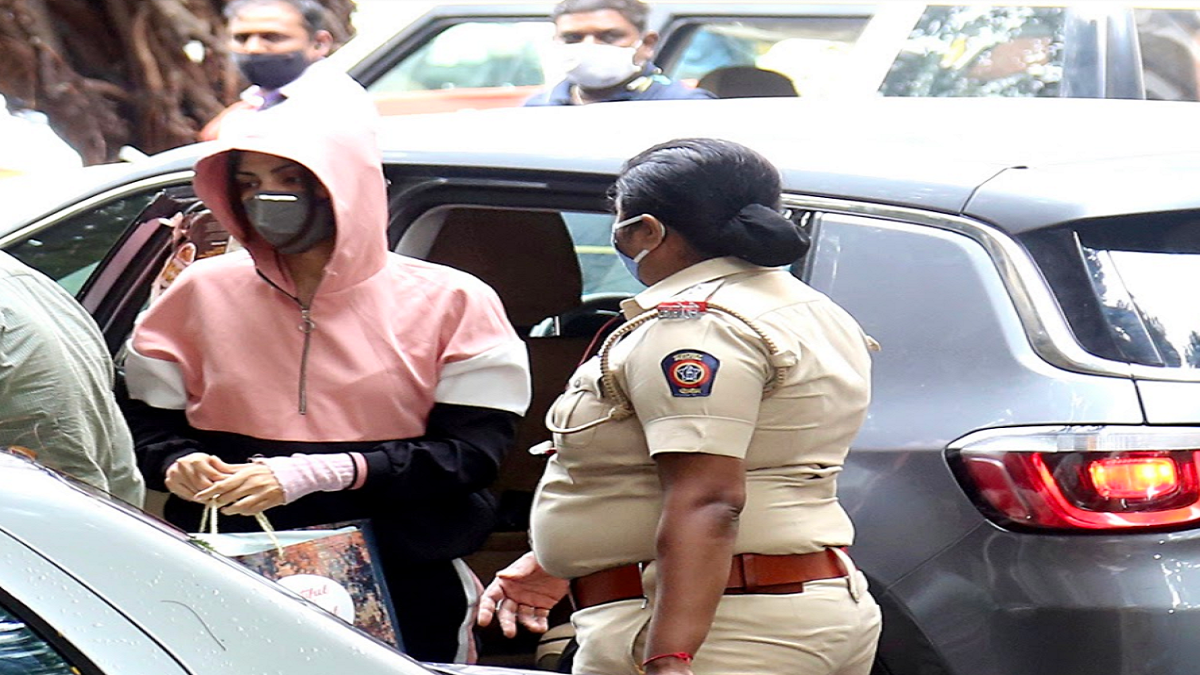
The Sushant Singh Rajput case is no longer about the actor’s death, whether it was a suicide or a homicide. Or if it was suicide, was it an abetted one? It is no longer about the Outsider Vs the Bollywood Insiders either. No, now it has become a narcotics case, probing into the use of drugs in Bollywood. And what has prime accused Rhea Chakraborty been charged with? The possession of some 59 gm of weed? This is less than the 1 kg that is listed as a “small quantity” offence under the Narcotic Drugs and Psychotropic Substances Act (1985). That this is an act that we were coerced to sign under US pressure is another matter, as is the fact that many states in the US have now reneged on this ban both for medicinal and recreational use.
But I don’t want to add to the hashtag #BollywoodDrugMafia and play into the agenda of our narrative setters. Rather the focus of this column is on another side story: Is it now the time to legalise the use of cannabis in India? For if the narcotics department starts arresting every consumer of marijuana then there would be a lot of sadhus, swamis, IIT and college students and Holi revellers behind bars. Those who argue in favour of lifting the ban, point to the fact that the buzz from marijuana should not be seen on par with that from coke and heroin; neither is its impact as harmful as that from consuming alcohol or tobacco. But the latter’s lobby is much stronger than the pro-marijuana users and hence one is allowed while the other is banned. Interestingly, former BJD MP Tathagata Satpathy makes an interesting case when he calls the ban an “elitist” move. As he points out, it’s ok to hold an expensive glass of wine in your hand but if you roll a joint then people will call you charsi. Speaking on the NewsX show, ‘Roundtable’, he pointed out that he was not in favour of legalising marijuana but wanted it decriminalised. He has a point for this will legalise something that is already happening all over the country. According to a study done by the Vidhi Centre for Legal Policy, the government gets to gain as much as Rs 600 crore if it legalises the use of cannabis. The benefits are there for the farmer who gets a cash crop as well. Hence by making it legal the government can impose a tax on it, ensure quality control, and also educate the public about its ill effects as it does with cigarettes and alcohol. As Neha Singhal, Senior Resident Fellow at Vidhi, points out, “The use of cannabis has both religious and cultural significance. Neither is cannabis addictive.” In fact, while on the Roundtable, Dr Sanjay Chugh, senior consultant psychiatrist, pointed out that cannabis is safer than either alcohol or nicotine and human beings sometimes do need a stimulant to relax. There is a 477-page report by the Indian Hemp Drug Commission (1984) that claims that the moderate use of cannabis produces no ill effects. However, despite this the Single Convention on Narcotic Drugs (1961) clubbed Cannabis with other Schedule 1 drugs like opium and cocaine and in 1985 the NDPS Act made it illegal.
Incidentally, bhang is not considered illegal. Those who argue in favour of the ban talk about the impact on mental health (though there are as many counter arguments to the contrary). There are also concerns about the fact that this habit could be a stepping stone for other drugs, especially amongst school and college children.
But in the end, what India needs to do is to relook at some of our archaic laws including the NDPS Act. As Satpathy says, we have inherited most of our laws from invaders — from the Mughals to the British. It is now time to fashion laws that are tailor-made to our lifestyles and needs and not meant to suppress us to suit the whims of outsiders.
This, I would say, would be the most positive take away from the entire Rhea Chakraborty-Bollywood drug drama.
